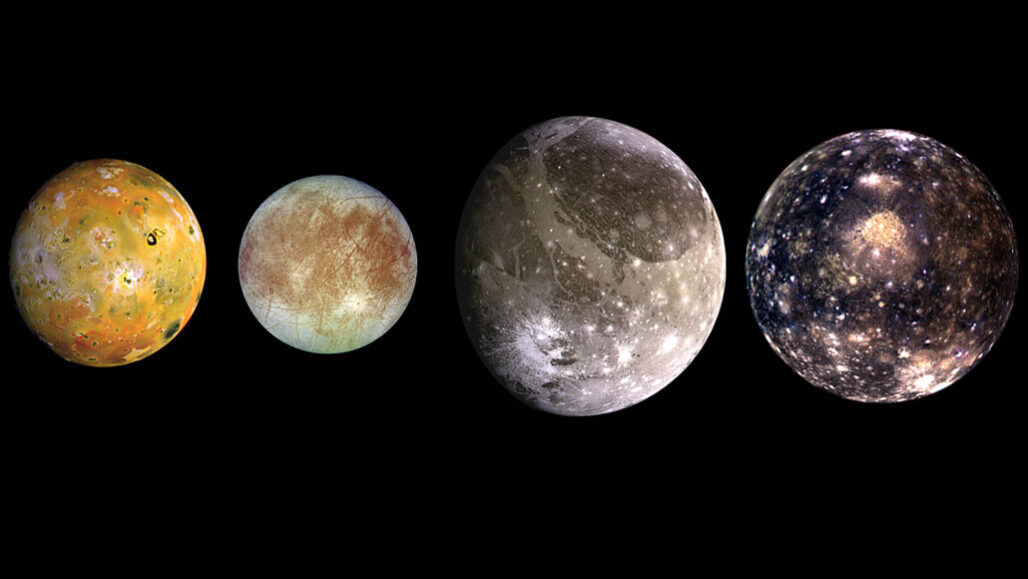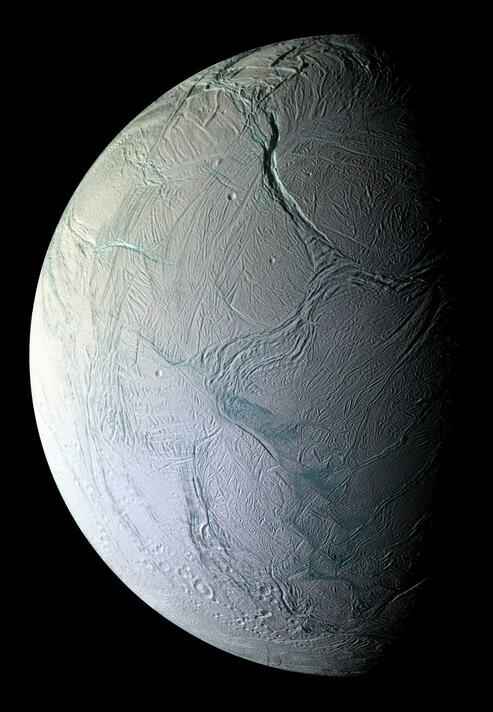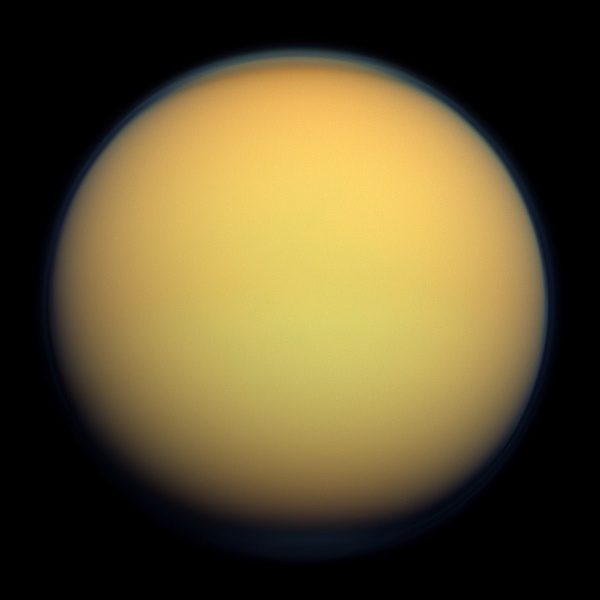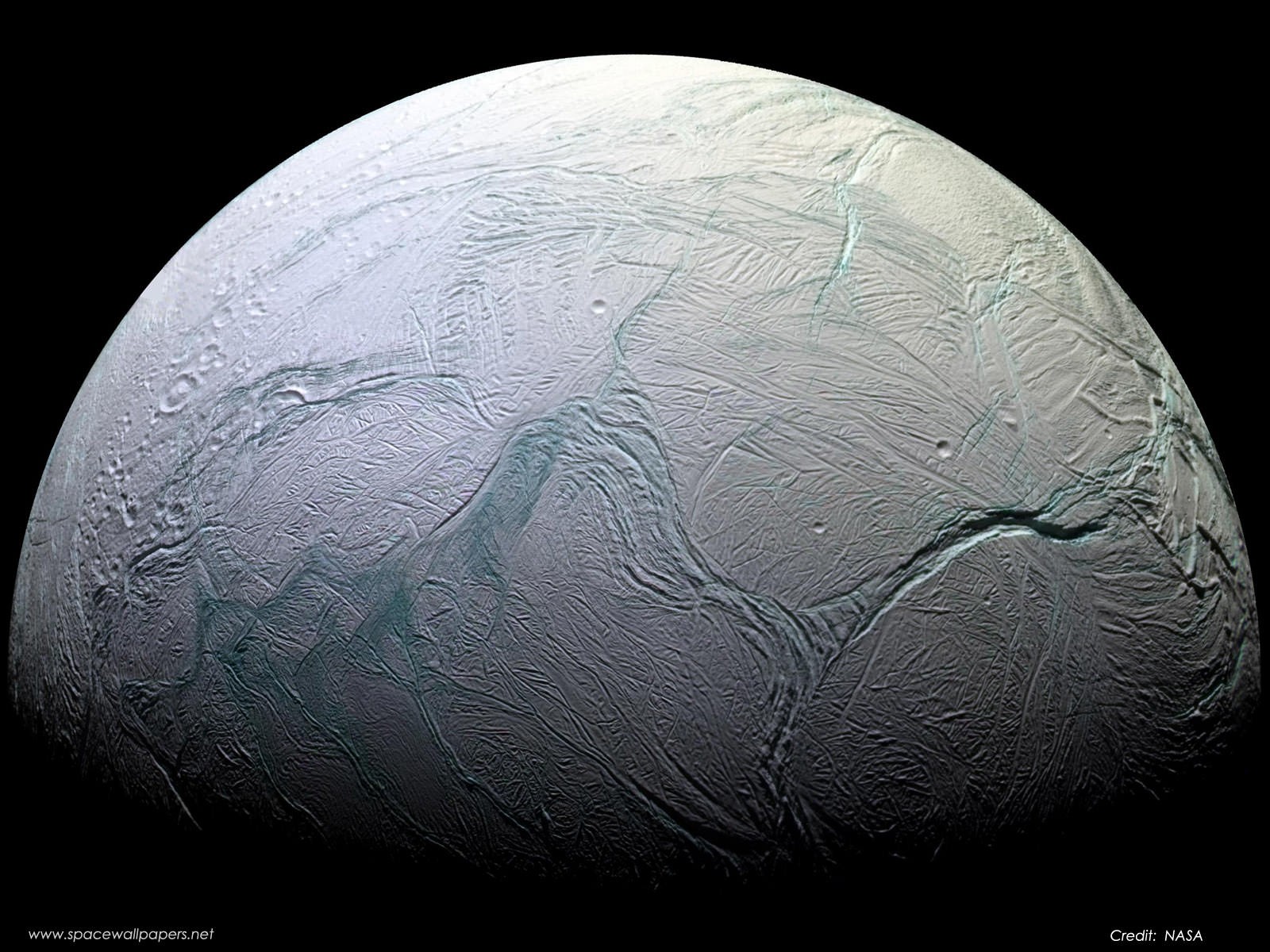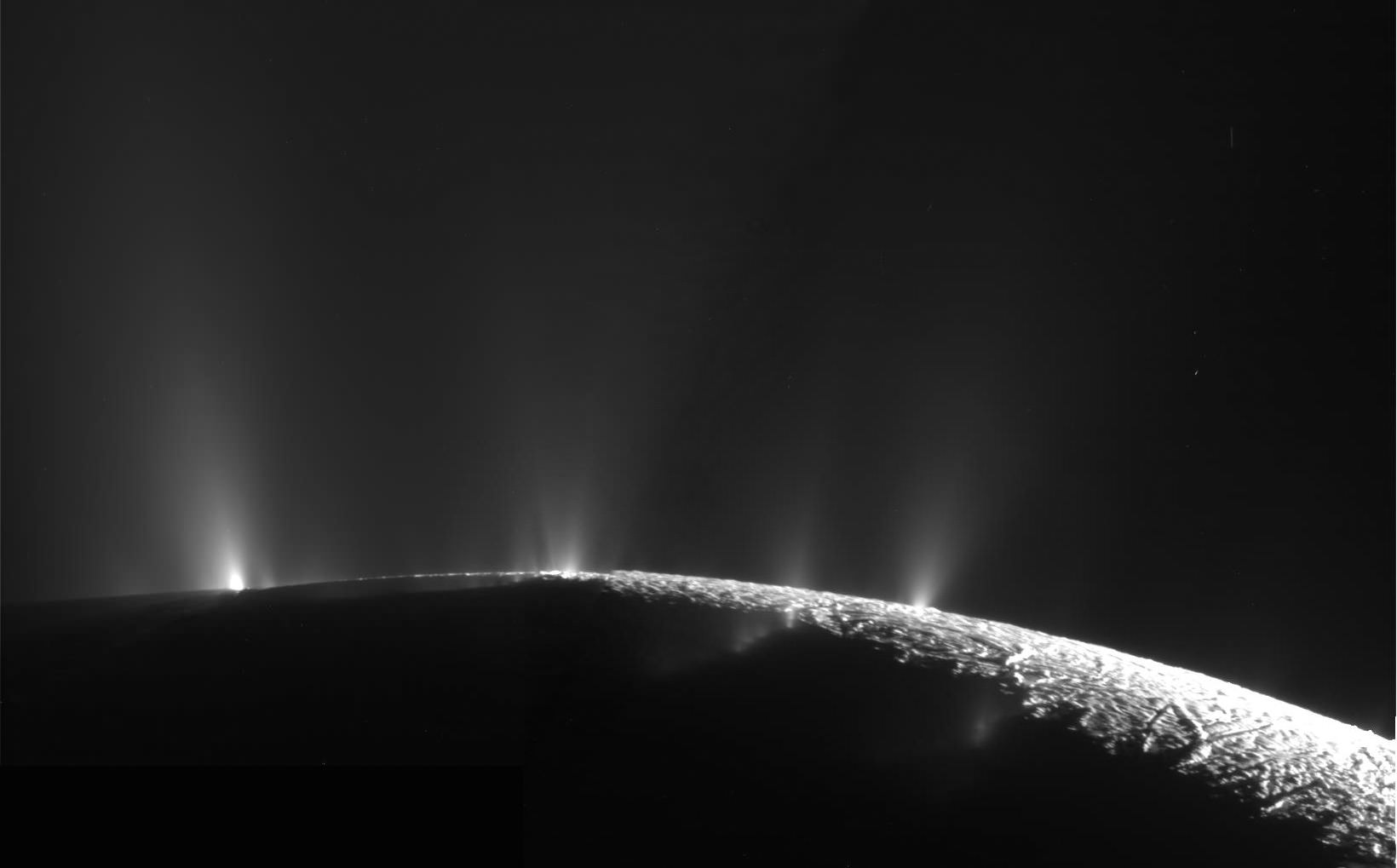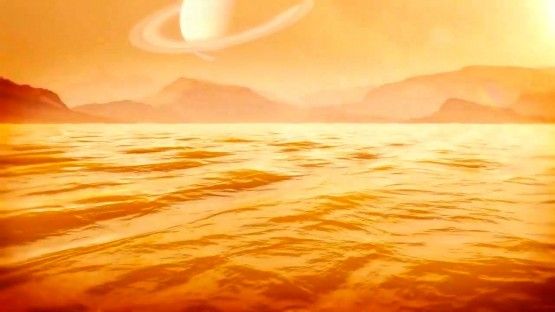The moons of our Solar System have garnered quite a lot of attention in the last few years, especially pertaining to astrobiology and the search for life beyond Earth. From the Galilean moons of Jupiter to the geysers of Enceladus to the methane lakes on Titan, these small worlds continue to humble us with both their awe and mystery. But do the very same scientists who study these mysterious and intriguing worlds have their own favorite moons? As it turns out, seven such planetary geologists were kind enough to share their favorite Solar System moons with Universe Today!
Continue reading “The Favorite Solar System Moons of Planetary Geologists; An In-Depth Discussion”Will Enceladus finally answer, ‘Are we alone?’
We recently examined how and why the planet Mars could answer the longstanding question: Are we alone? There is evidence to suggest that it was once a much warmer and wetter world thanks to countless spacecraft, landers, and rovers having explored—and currently exploring—its atmosphere, surface, and interior. Here, we will examine another one of Saturn’s 83 moons, an icy world that spews geysers of water ice from giant fissures near its south pole, which is strong evidence for an interior ocean, and possibly life. Here, we will examine Enceladus.
Continue reading “Will Enceladus finally answer, ‘Are we alone?’”Will Titan finally answer, ‘Are we alone?’
We recently examined how and why Jupiter’s moon, Europa, could answer the longstanding question: Are we alone? While this small icy world gives plenty of reasons to believe why we could—and should—find life within its watery depths, it turns out our solar system is home to a myriad of places where we might find life. Much like how the Voyager missions gave us the first hints of an interior ocean swirling beneath Europa’s outer icy shell, it was only fitting that Voyager 1 also gave us the first hints of the potential for life on Saturn’s largest moon, Titan, as well.
Continue reading “Will Titan finally answer, ‘Are we alone?’”We Now Understand Why Enceladus has ‘Tiger Stripe’ Cracks at its Southern Pole
One of the biggest surprises of the 13-year Cassini mission came in Enceladus, a tiny moon with active geysers at its south pole. At only about 504 kilometers (313 miles) in diameter, the bright and ice-covered Enceladus should be too small and too far from the Sun to be active. Instead, this little moon is one of the most geologically dynamic objects in the Solar System.
A new study has modeled how this activity could be taking place, and what mechanism might power the geysers spewing from ‘tiger stripe’ fissures. While previous studies have indicated some type of unknown internal heat source on Enceladus, the new study infers no heat source would be necessary.
Continue reading “We Now Understand Why Enceladus has ‘Tiger Stripe’ Cracks at its Southern Pole”A map of River Beds on Titan for Dragonfly to Explore
Explorers either have the benefit of having maps or the burden of creating them. Similarly, space explorers have been building maps as they go, using all available tools. Those tools might not always be up to the task, but at least something is better than nothing. Now, a new map of an exploration destination has emerged – a map of the river valleys of Titan.
Continue reading “A map of River Beds on Titan for Dragonfly to Explore”Watch: 14 Hours of Enceladus Geyser Action
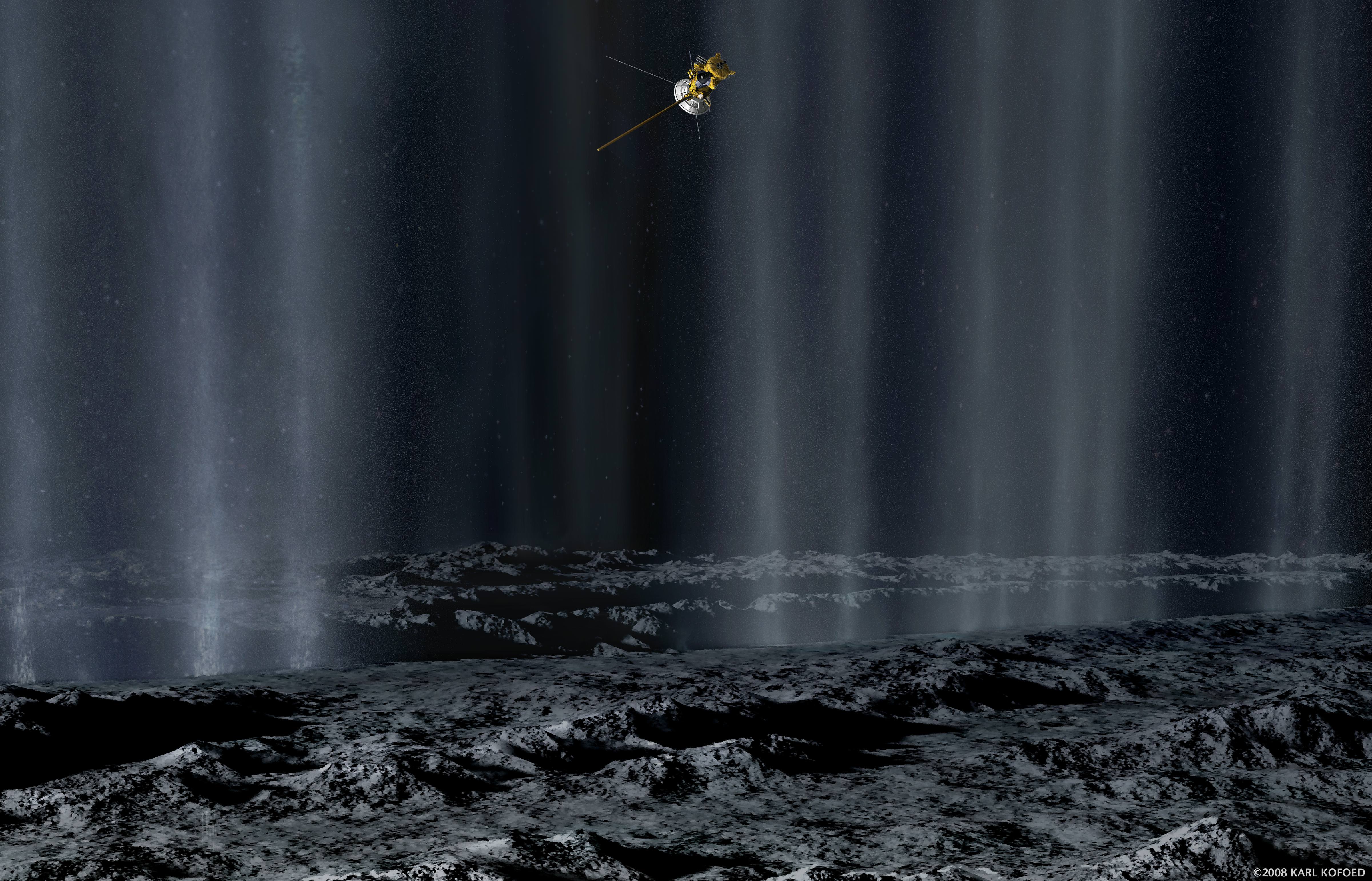
What a parting gift the Cassini mission gave us.
Below is a movie sequence of images, garnered from the final dedicated observation of the Enceladus’ geysers by the imitable Cassini spacecraft.
Continue reading “Watch: 14 Hours of Enceladus Geyser Action”Cassini Saw Methane in Enceladus’ Plumes. Scientists Don’t Know How it Could be There Without Life
Even though the Cassini mission at Saturn ended nearly four years ago, data from the spacecraft still keeps scientists busy. And the latest research using Cassini’s wealth of data might be the most enticing yet.
Researchers say they’ve detected methane in the plumes of Saturn’s icy moon Enceladus. The process for how the methane is produced is not known at this time, but the study suggests that the surprisingly large amount of methane found are likely coming from activity at hydrothermal vents present on Enceladus’s interior seafloor. These vents could be very similar those found in Earth’s oceans, where microorganisms live, feed on the energy from the vents and produce methane in a process called methanogenesis.
Continue reading “Cassini Saw Methane in Enceladus’ Plumes. Scientists Don’t Know How it Could be There Without Life”The Largest Sea On Titan Could Be Over 300 Meters Deep
The Earth’s oceans are notoriously unexplored, and stand as a monument to the difficult of exploring underwater. But they aren’t the only unexplored seas in the solar system. Titan’s vast collection of liquid methane lakes are another challenge facing future solar system explorers.
A submarine mission to Saturn’s largest moon has long been under discussion. More recently, scientists have discovered that if such a mission was ever launched, it would have plenty of room to operate, because Titan’s largest sea is likely more than 300 m (1000 ft) deep.
Continue reading “The Largest Sea On Titan Could Be Over 300 Meters Deep”Simulation Helps Explain Saturn’s Mysterious Hexagon

A new study of the mysterious hexagon-shaped storm at Saturn’s north pole suggests this phenomenon is actually the result of activity occurring across the entire planet.
Continue reading “Simulation Helps Explain Saturn’s Mysterious Hexagon”Titan is Drifting Away from Saturn Surprisingly Quickly
Where did Saturn’s bizarro-moon Titan form? Did it form where it is now, or has it migrated? We have decades of data to look back on, so scientists should have some idea.
A new study based on all that data says that Titan is drifting away from Saturn more quickly than thought, and that has implications for where the moon initially formed.
Continue reading “Titan is Drifting Away from Saturn Surprisingly Quickly”
